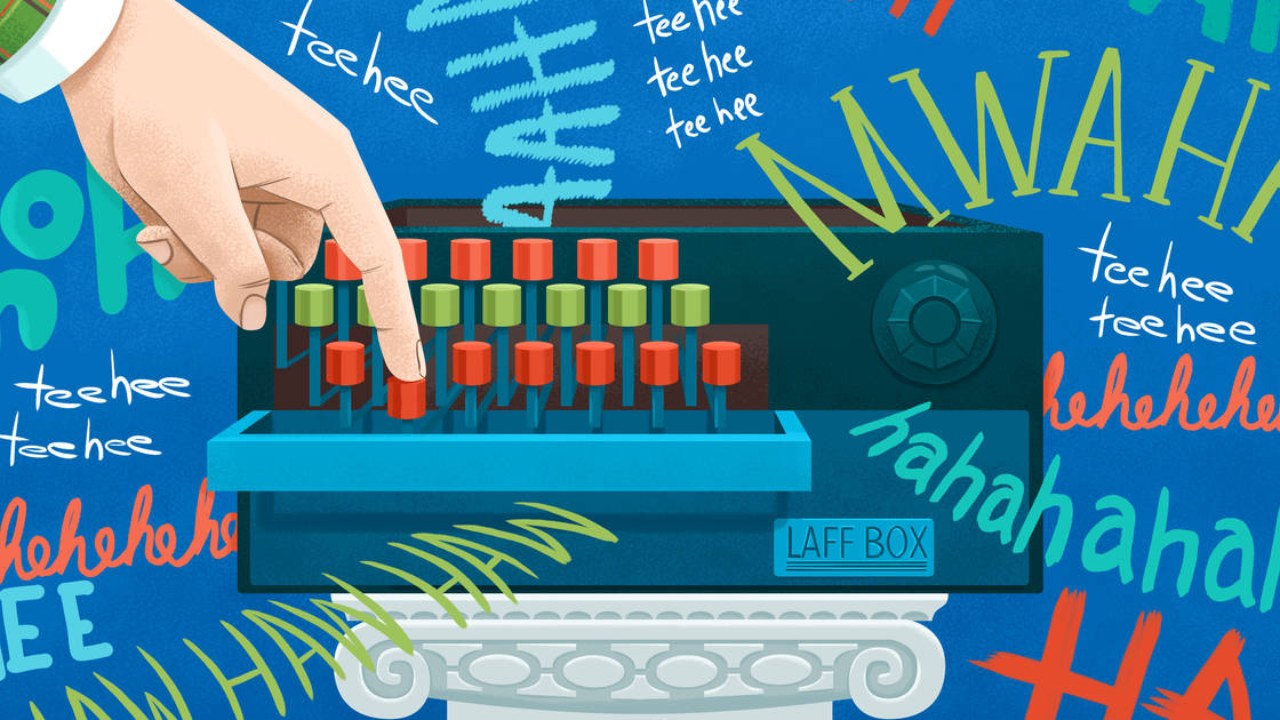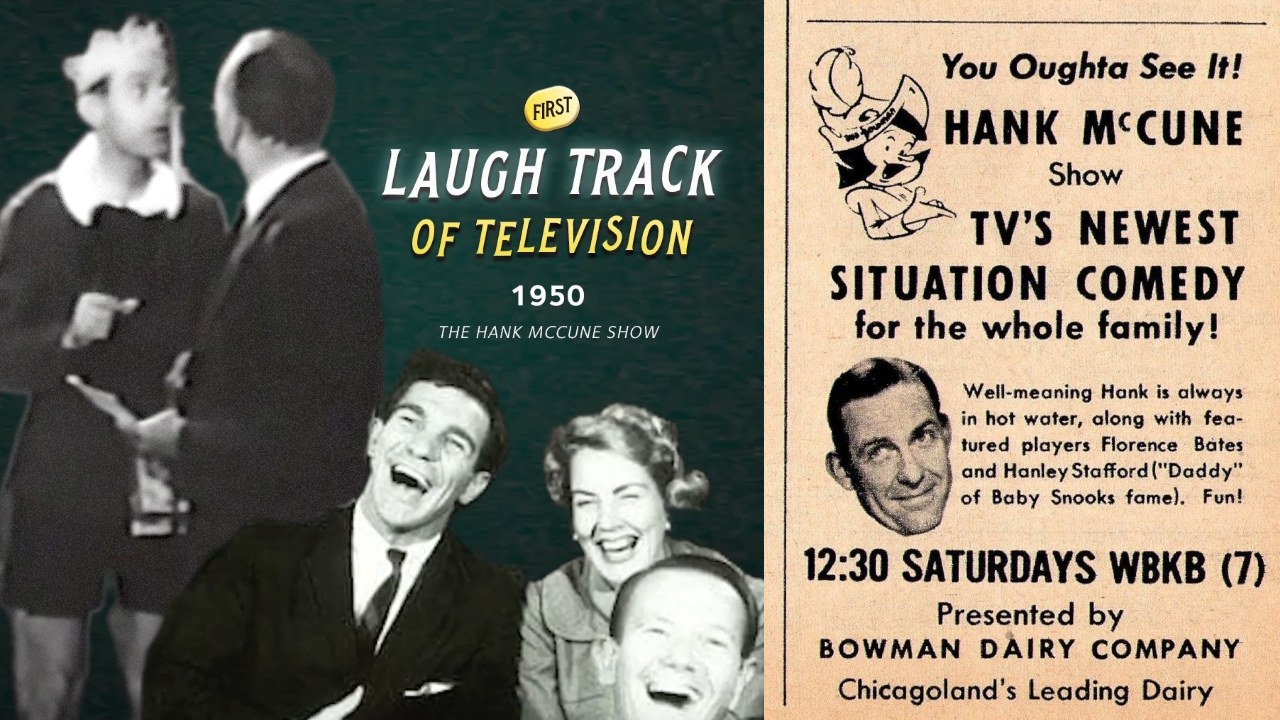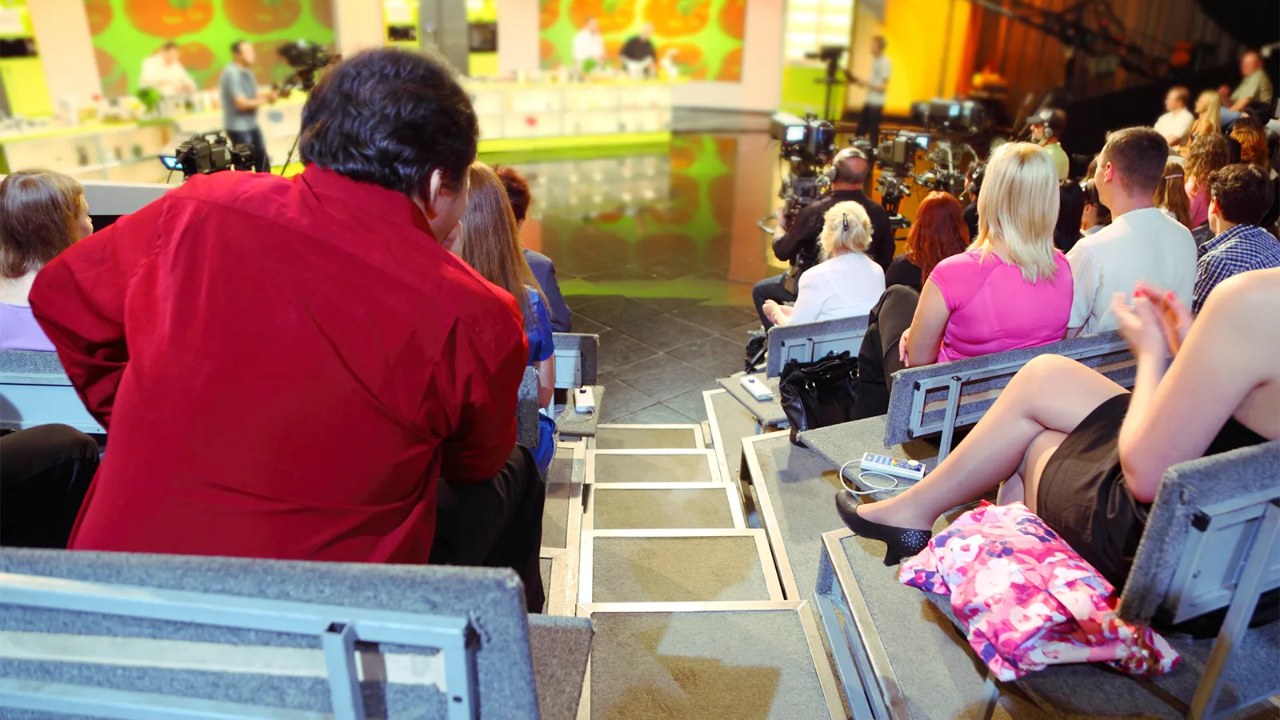Laugh sequences are indispensable for television programs that have just met the audience and have not yet become a hit. However, hoping that the audience will laugh next time or changing the flow of the show just to make it funnier, in order to catch the laughter, is of course not logical.
In this case, television broadcasters, just like in productions such as Avrupa Yakası, Friends, Çocuk Duymasın, takes artificial laughter parts and adds them to the necessary parts and at this point there is no need to look for different solutions. Moreover, these programs full of laughter create a feeling of being more entertaining for the audience in front of the screen.
Alright, When and how did these artificial laughter appear? And who first thought of this?
In fact, the origins of laughter in television programs date back to the 1950s, even before Friends.
A sound engineer named Charley Douglass caused studio audiences not to laugh when necessary during the recording of television programs, and also fixated on laughing too long or too loudly He wants to find a solution.
On the other hand, adding laughter to a program was not actually a new thing back then either. The technique of using recorded laughter was first used before the advent of television. It was used in radio programs.

This is Douglass. He borrowed radio techniques and adapted them for television. He took the laughter recordings and ensured that the laughter took the required time and at the required volume. This sound engineer soon had a machine full of laughter.
Laughter effects were first used on The Hank McCune Show in 1950.

Later, as the practice of adding laughter to certain moments in a program became popular, Douglass’s laugh tracks soon became a popular phenomenon. industry standard became.
On the other hand, although some television broadcasters did not support these artificial laughter, even some programs without a studio audience could not avoid using laughter. Because these laughs will make the audience at home draws you to a more traditional, social and theater-like experience It was quite successful.
Additionally, adding laughter to a television program can make viewers at home feel more excited while sitting on the couch. Make them feel like they’re in a room full of people who laugh more and are happier. provided.
Subsequently, in 1965, the show Hogan’s Heroes was shot with a single camera and no audience.

This program is broadcast even though there is no audience. two test versions with and without laughter effects added It was taken as follows. Test audiences responded better to the version of the program that included laughter effects.
Thus, for the next 50 years, laughter effects were used in other television programs shot in the same format, with or without an audience. started to be included.
But in the early 2000s, the use of laugh tracks It gradually began to disappear on the grounds that it was not perceived as realistic by the audience. and many popular programs have stopped using it.
Our other content that may interest you:
RELATED NEWS
Why Do People Never Smile in Old Photos? It’s Not Because They Are Unhappy…
RELATED NEWS
